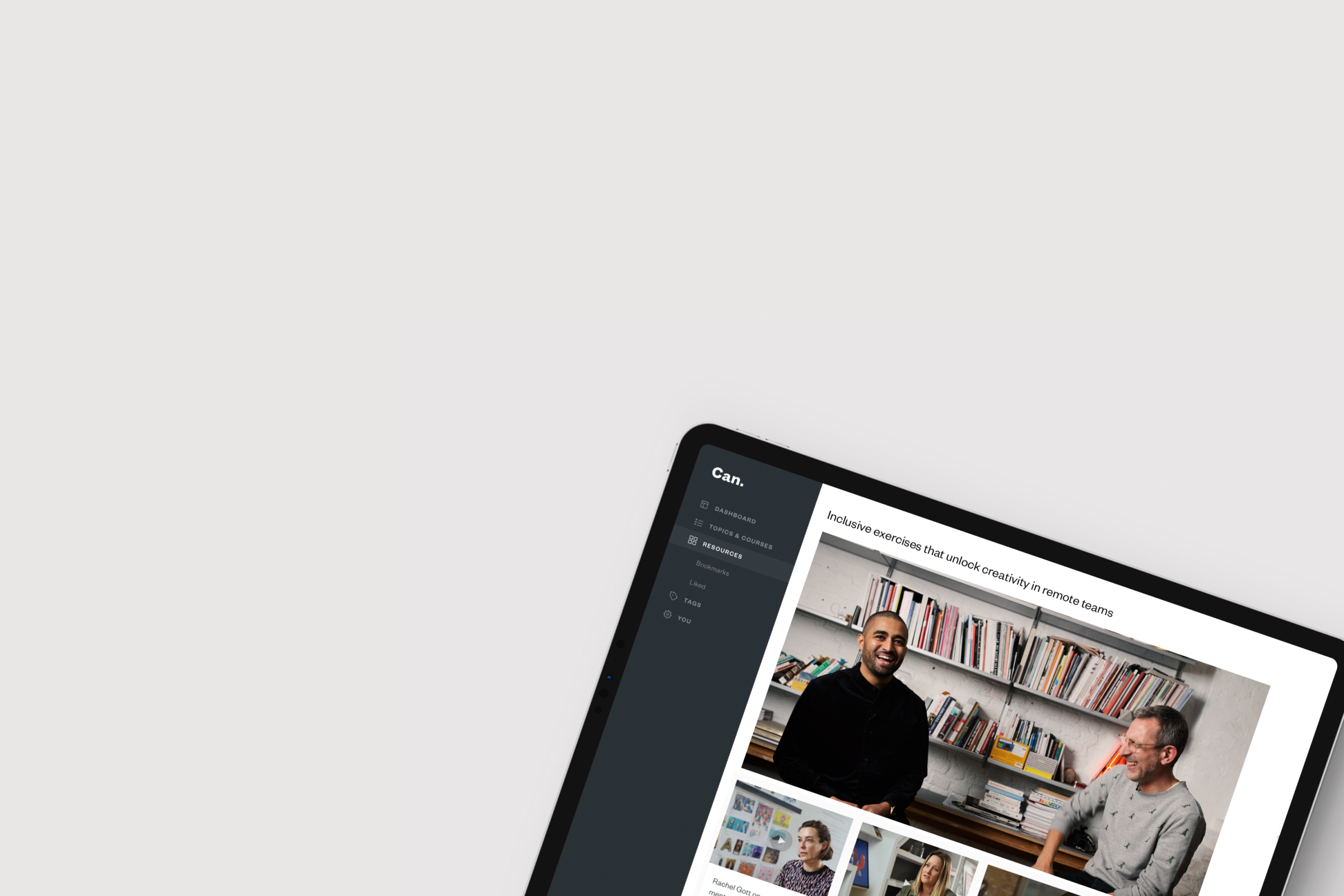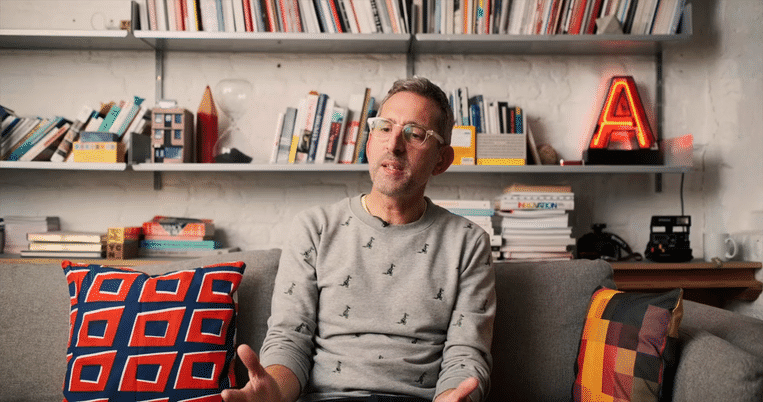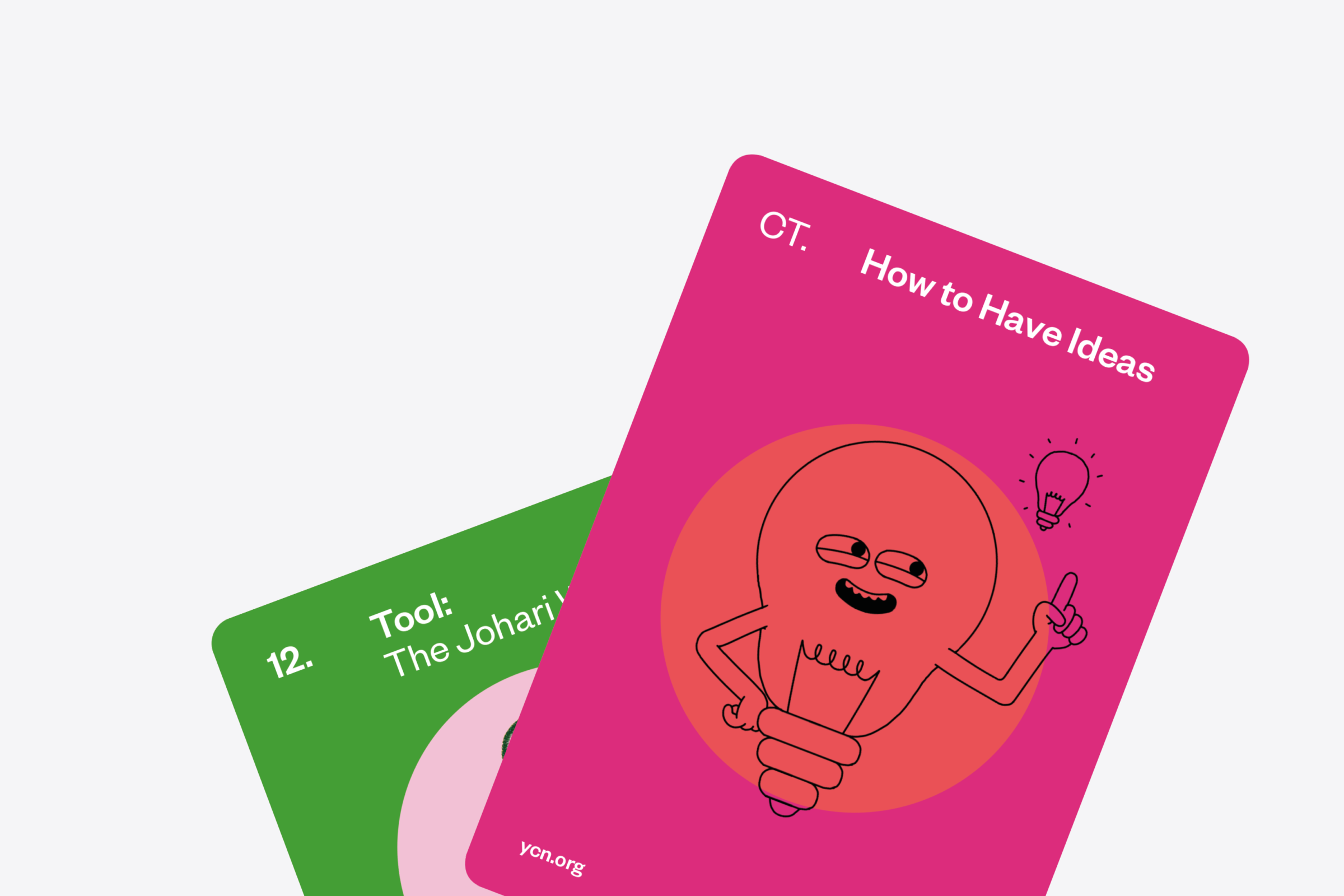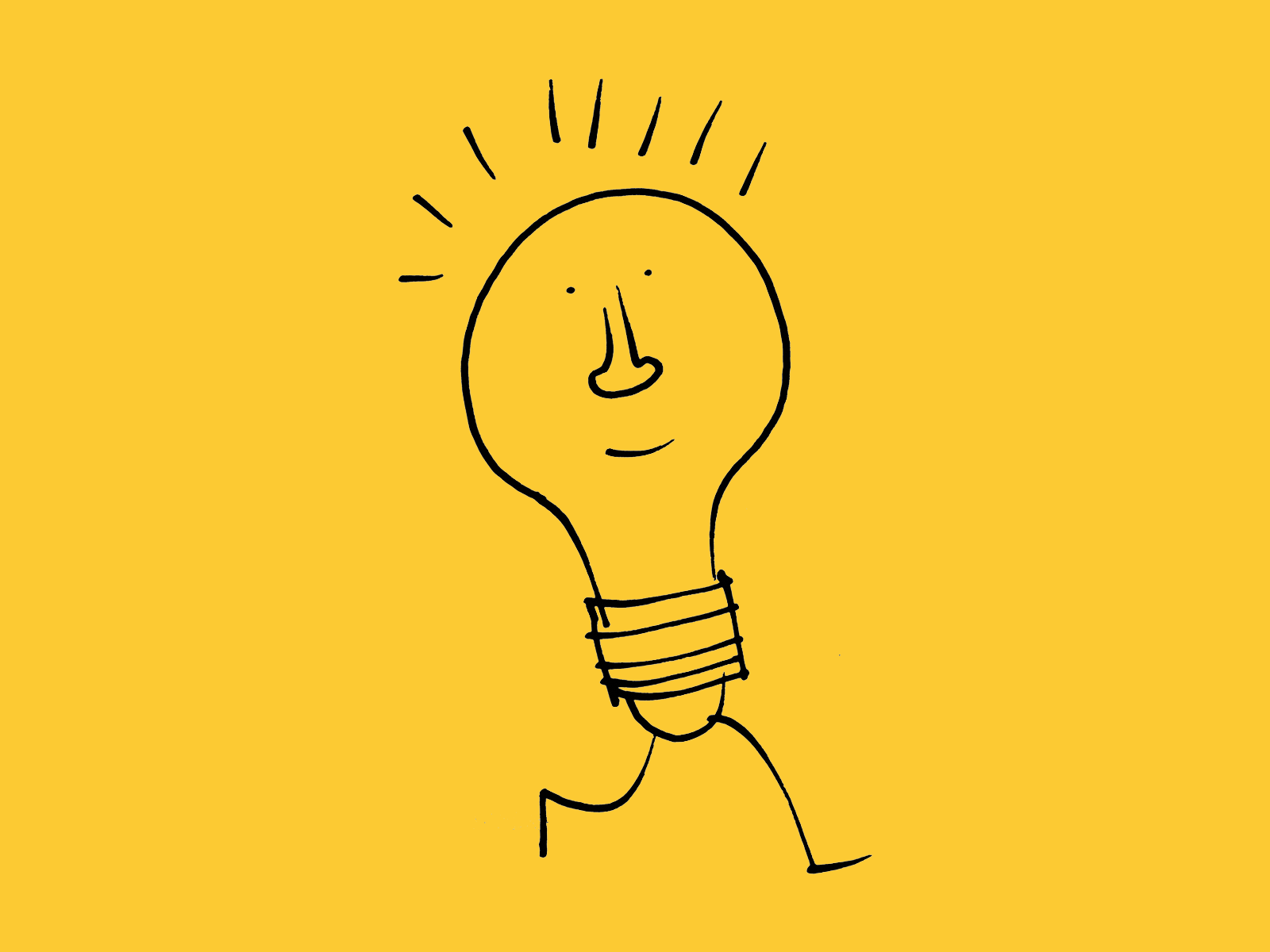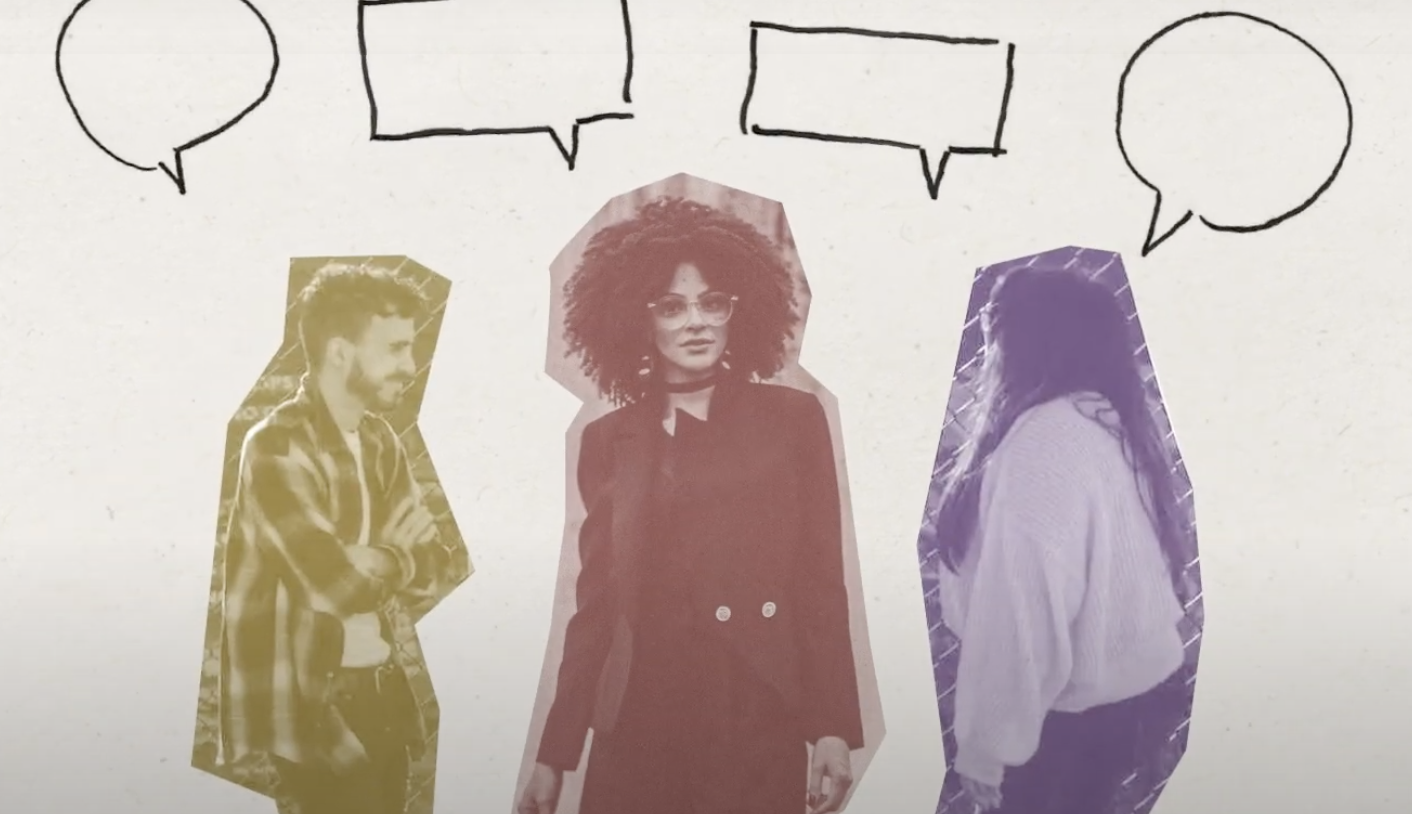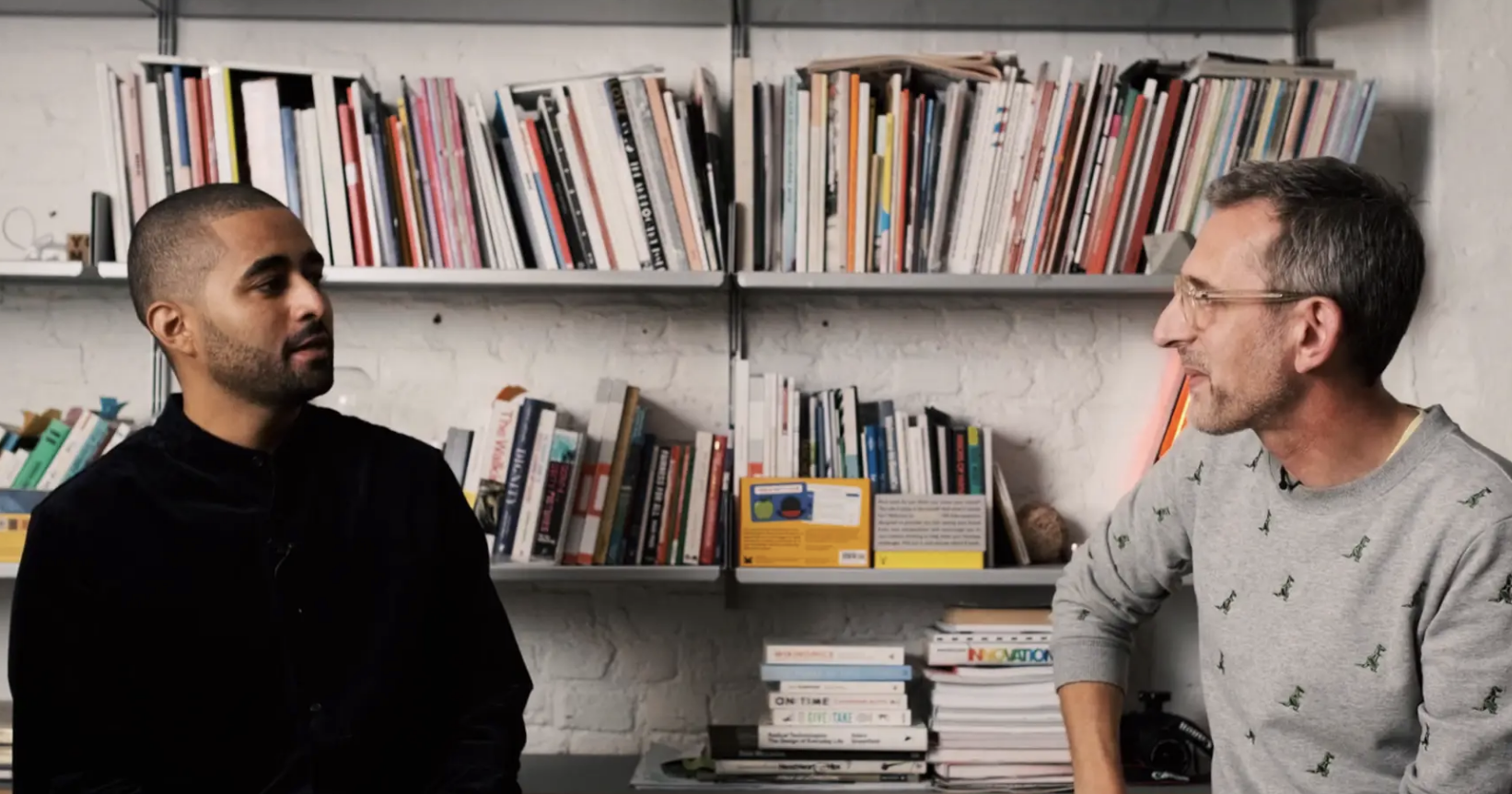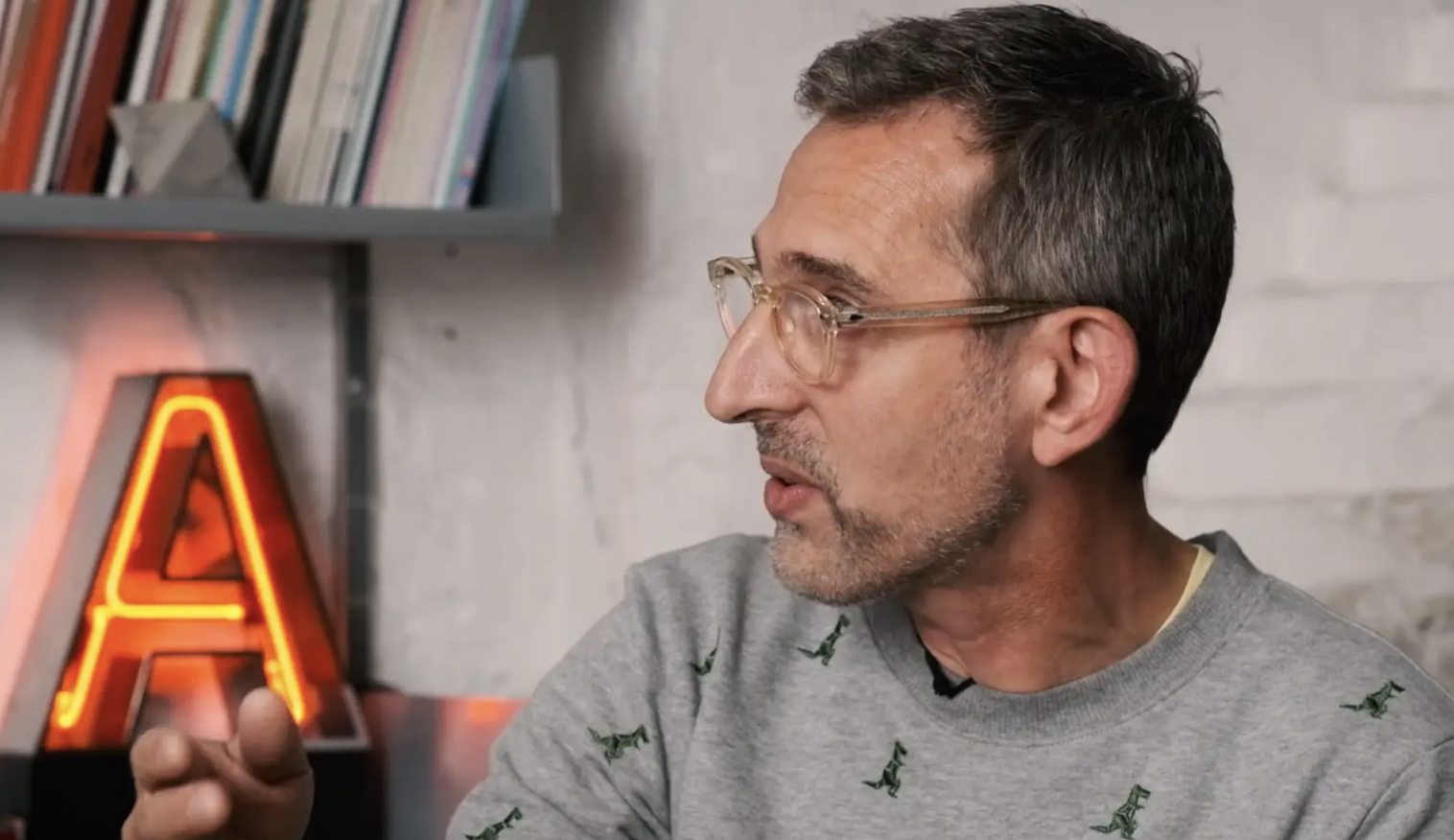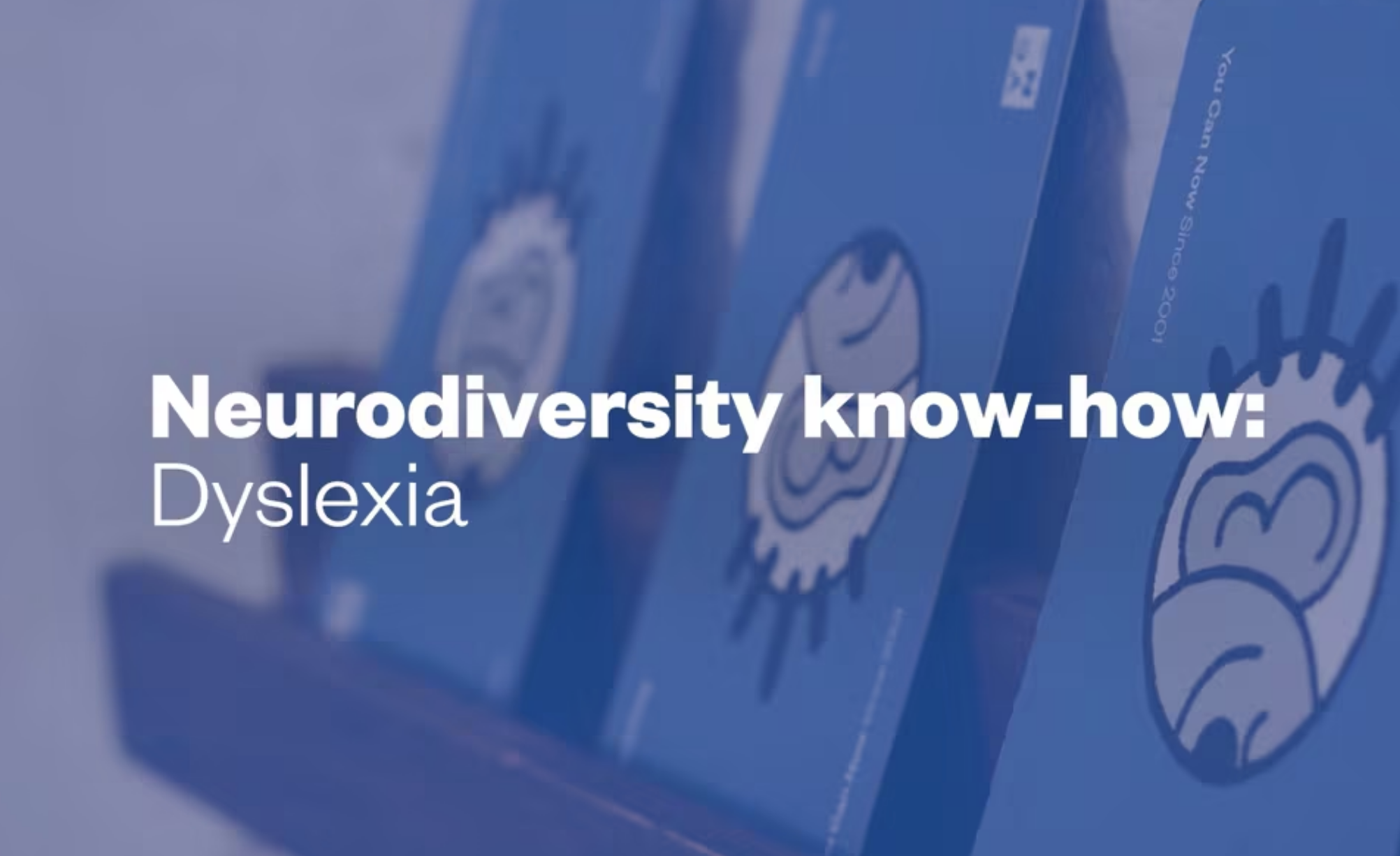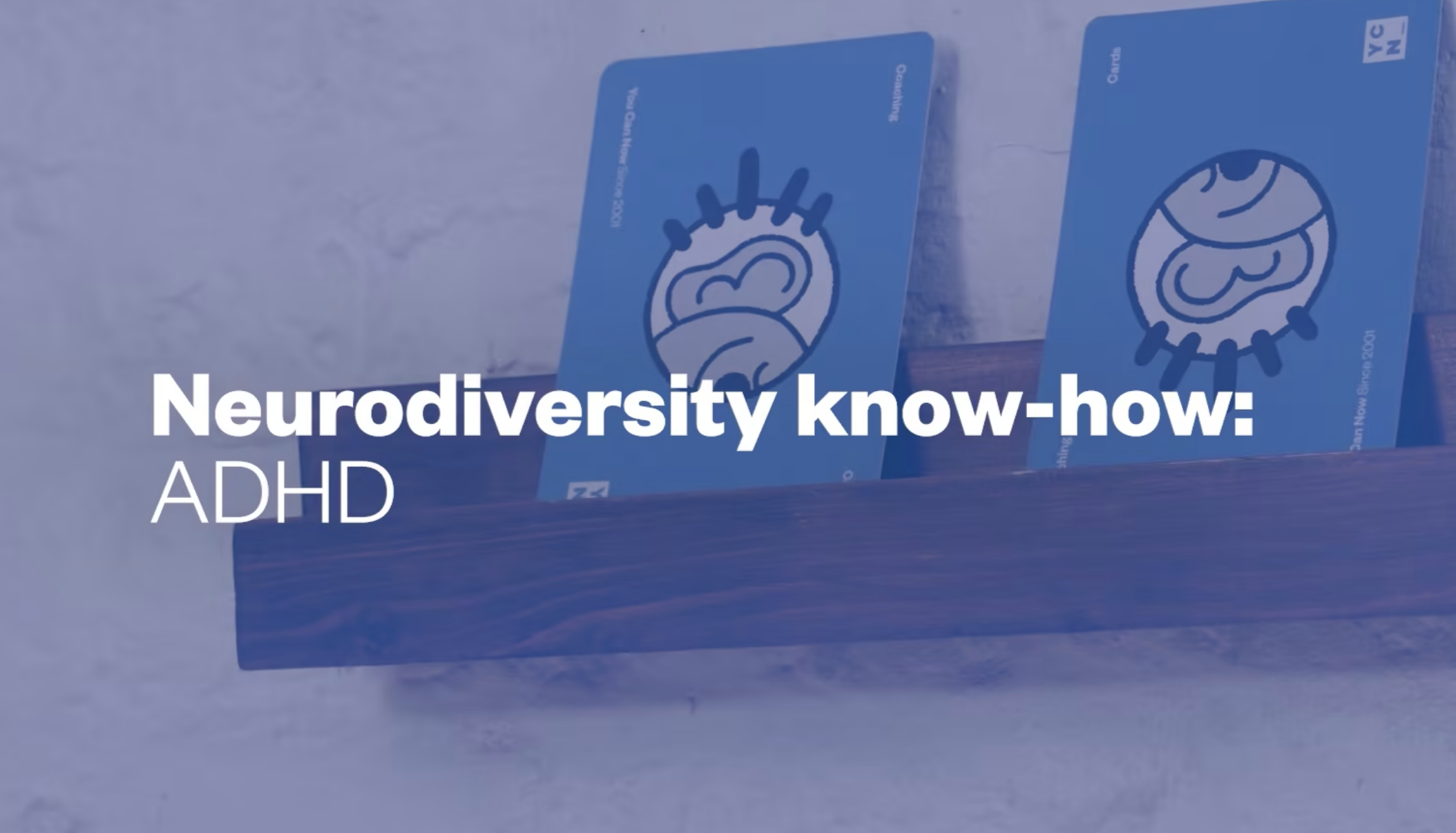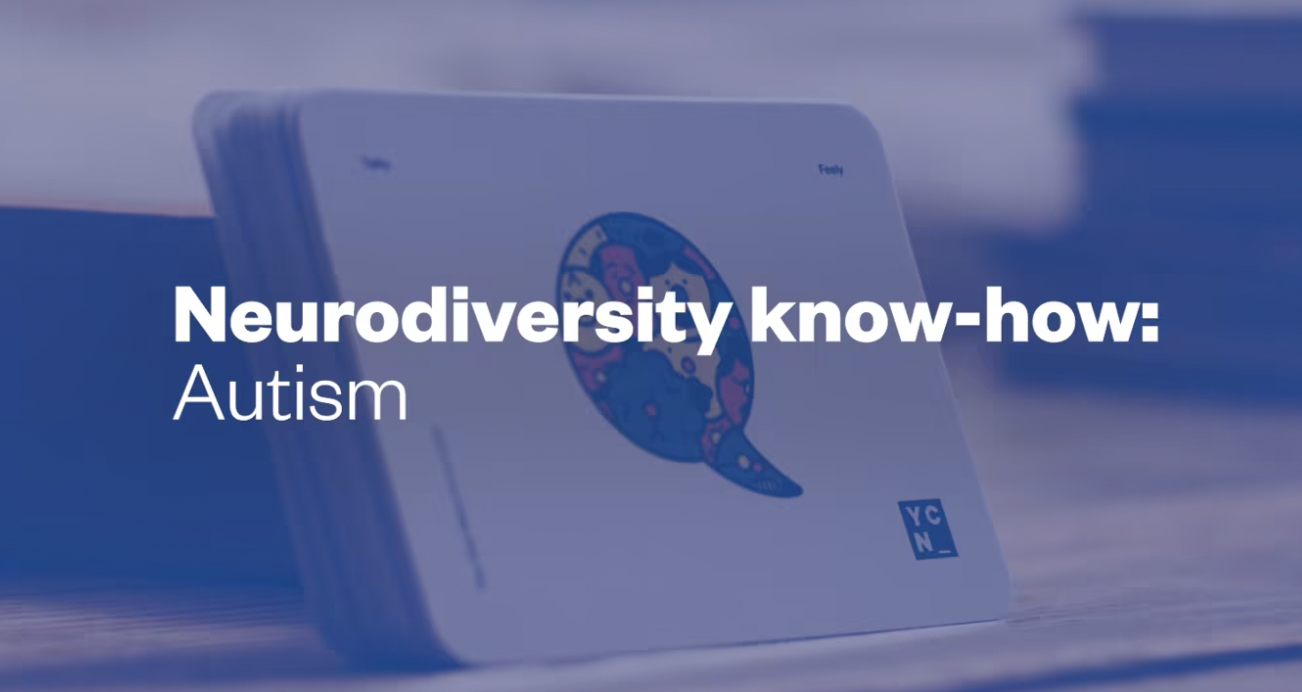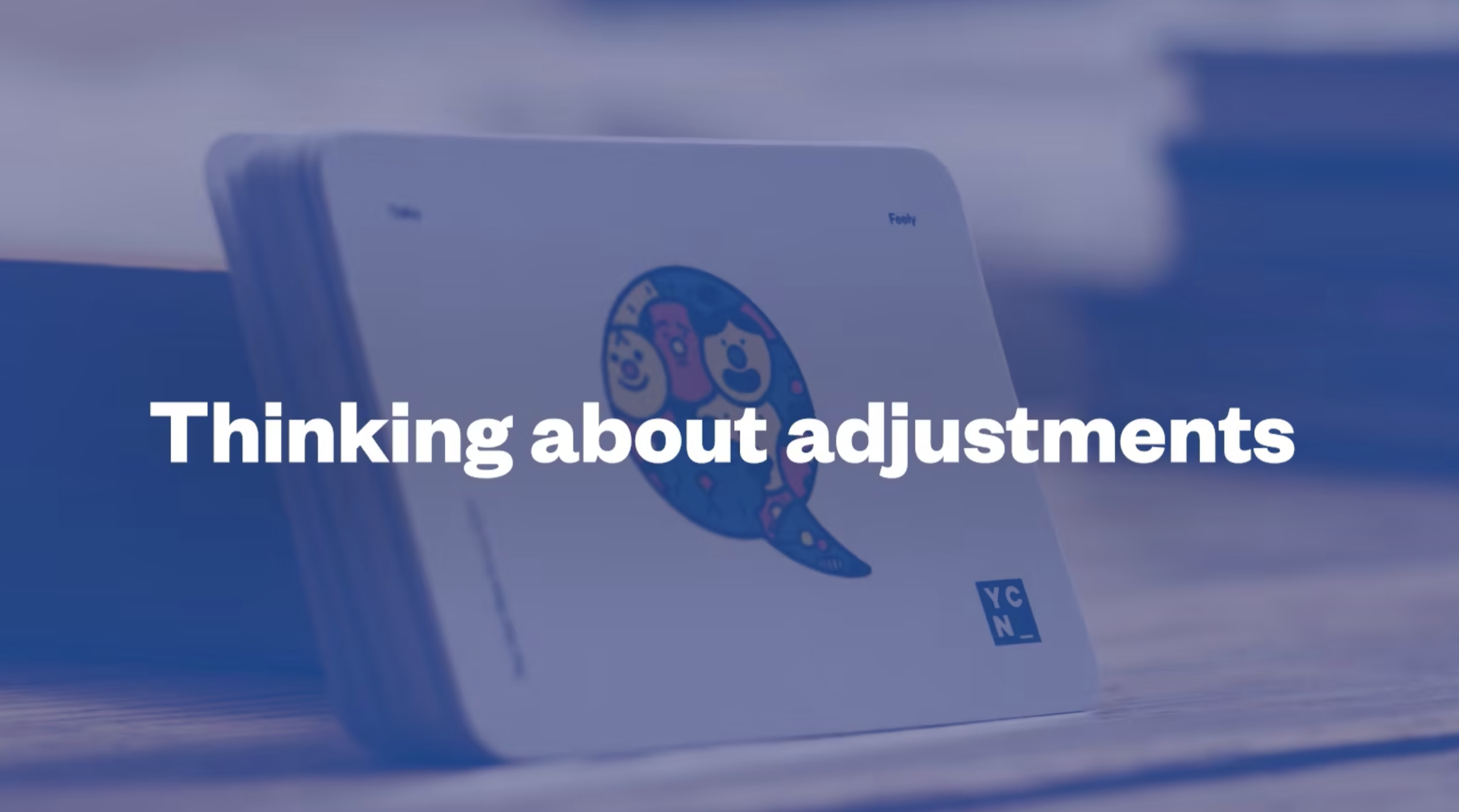Encourage diverse perspectives, with Edward de Bono's Six Thinking Hats
A short video overview
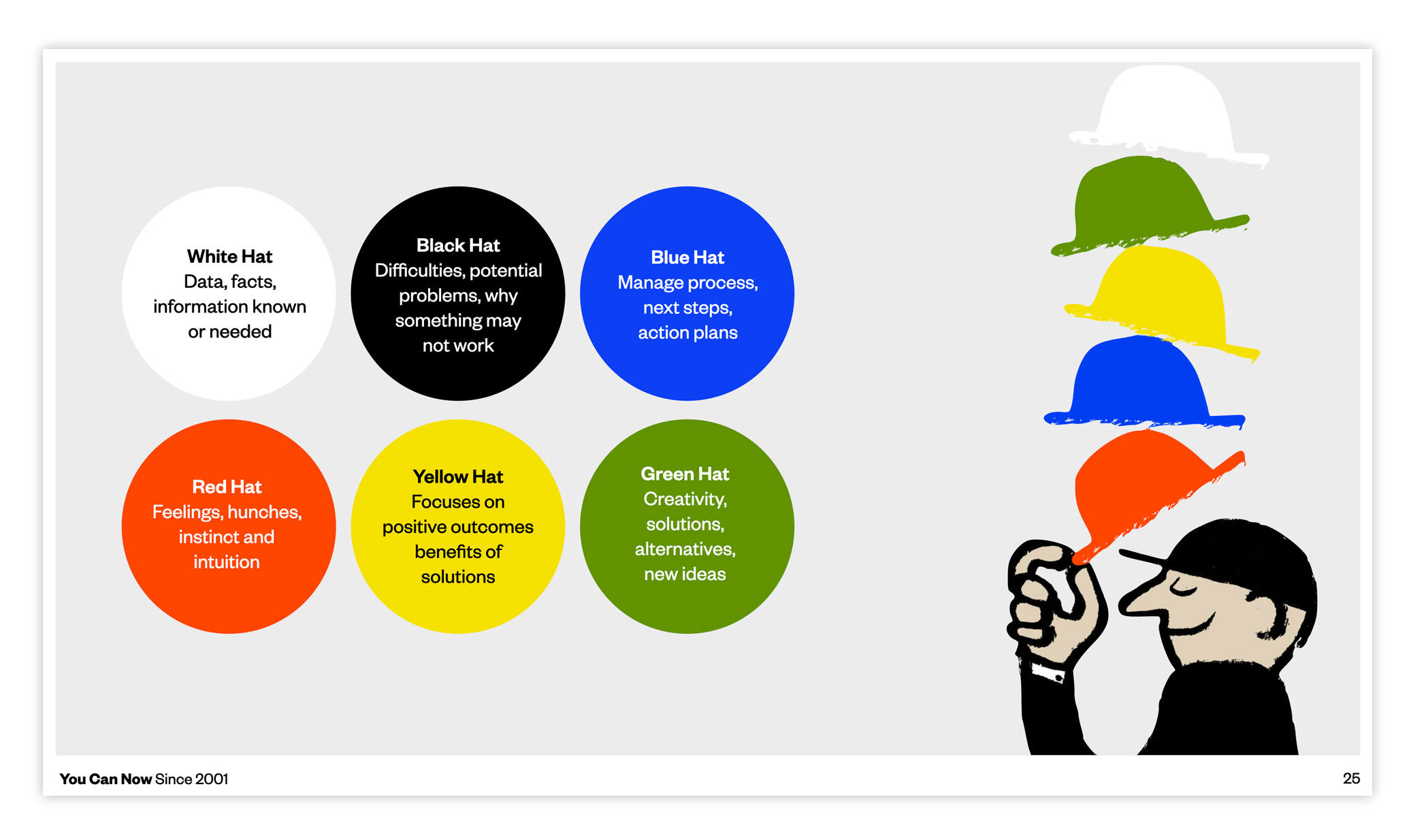
A Stepped-Out Guide to the Six Thinking Hats
Psychologist, philosopher and originator of the concept of 'lateral thinking' — Edward de Bono developed his Six Thinking Hats model as an antidote to 'adversarial thinking'; when two opposing ideas enter an intellectual ‘ring,’ and the most convincing argument wins. When 'either, or' trumps 'what's the alternative?'
Rather than two or more ideas, or perspectives, going head to head, de Bono invites us to practice 'parallel thinking' combining distinct modes of thought towards a common goal — a kind of intellectual teamwork. Think of it this way: which football team is more likely to win Euro 2021? A squad of eleven defenders, or a team where the positions are separated (striker, keeper, etc.) but work ‘in parallel?’ The latter, obviously.
The tool helps us intentionally isolate, and deploy different modes of thinking — dangerous in isolation, but potentially dynamite when fused. And curious, inclusive teams around the world have reported leaps in innovation and collaborative fire power through its simple, and regular application. Because more hats are better than one.
In this resource we share all you need to get going with it. You'll find a stepped out approach to using the Six Thinking Hats, insights into the process from others that swear by it and a link to a handy print out.
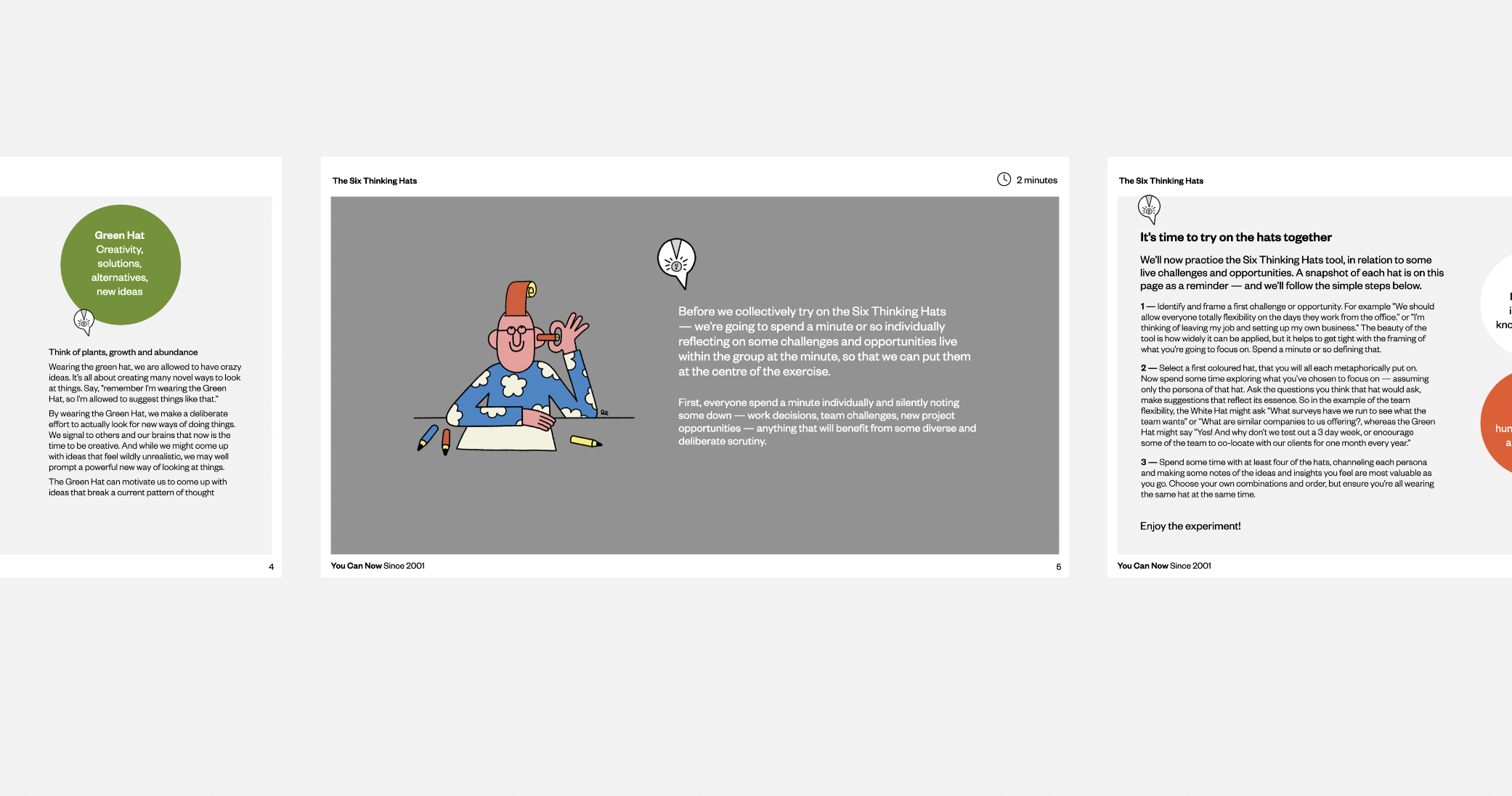
“Creativity involves breaking out of established patterns in order to look at things in a different way.”
What are the Six Thinking Hats?
Simply put, they are unique tools to direct our mind’s attention.
Each of the six hats has a unique colour, and represents a distinct ‘mode of thinking’; whether inquisitive and data oriented, hunch and gut led or creative and outlandish. When any one hat is being ‘worn,’ the wearer switches their thinking patterns to match the hat and its associated persona, channeling that thinking style and nothing else — before it is time to switch to another. Hat by hat, mode by mode, a broader, more complete and more diverse mental picture of the problem at hand, and its solutions, reveals itself. We embrace the thoughts, and ask the questions that match the mode of any particular hat; changing and combining them to brilliantly blend the diversity of perspectives that they bring.
When can I use the Hats?
In team meetings, on your own, in the classroom, anywhere! It's a great tool when you want to be really intentional about the way you approach a challenge, decision or any other kind of opportunity. Perhaps you're concerned as a group about jumping to a solution too quickly, that bias might be creeping into decision making — or that your group lacks a certain perspective.
The six hats suit group meetings because they enable parallel thinking and stop adversarial thinking — de Bono's biggest concern. And the hats can be just as good for solving a creative problem on your own as when working in groups. It’s the perfect, practical tool whenever diverse perspectives are in-demand.
If you've six people together, you can all embrace the thinking style of one hat at the same time; or each can choose a different hat. If you've more than six you can represent multiple hats. If you're a team of 3 you can try on some or all. There's lots of flexibility for how you experiment with it (and experiment you must!)
It’s the perfect, practical tool whenever diverse perspectives are in-demand.
How do I use the Hats?
There are different ways.
The first could be ‘occasional.’ Say, for example, you’re in the middle of a brainstorming session, and you realise that the group has run out of new ideas. In this instance, you might ask the group to ‘put on’ one of the hats in order to break the logjam.
The second is more deliberative. Before a group or meeting has begun, an agenda of hats can be shared. All that is left to do is run through them, colour by colour. And to look for interesting combinations too.
It can be interesting to allocate hats in contrast to people's default styles. A helpfully 'glass half empty', problem oriented person could be challenged to bring only bright perspectives. Likewise someone that tends to 'go with their gut' could be encouraged to wear the White Hat, slow down and be more questioning and fact finding in their thinking. Often when introduce the different hats in workshops we ask, 'which of these would we say we're most like?' This can be an interesting conversation among teams, getting a feel for what kind of thinking styles are missing.
And on this point it can be interesting to personify the hats too. Say that Jane tends to bring a very positive view to conversations, seeing the benefits in outcomes quickly — but has to miss a meeting — you might ask, 'who's going to represent Jane, and wear the yellow hat?'
Think of it this way: which football team is more likely to win Euro 2024? A squad of eleven defenders, or a team where the positions are separated but work ‘in parallel'?
Introducing the Six Hats.
Below each of the Six Hats, and the persona they represent are introduced. And you'll see also a link to a handy summary that you can download to print, share with your team or otherwise have to hand before taking the tool for a spin. It can be handy to have a reminder of the personas in front of you, and before long you'll be summoning them up from memory.
Think of a sheet of paper, a work memo, a spreadsheet.
The white hat is only concerned with data - not emotion, nor ego, nor intuition.
It asks:
What information is available?
• What information is needed?
• What information is missing?
• How are we going to get the information we need?
• What questions should we be asking?
White hat thinking is very helpful in ensuring no stone is left unturned, and that all the information is 'on the table' in the pursuit of good decisions.
Think of a roaring fire, a valentines card, or ‘seeing red.’
When the red hat is in play, the wearer's gut feeling and intuition is shared and discussed.
Without thinking, how do I feel about it? The red hat asks:
• What is my gut telling me?
• Do I like it? Dislike it? Love it? Hate it?
The red hat doesn’t have to justify why it feels the way it feels, it just...does. It’s a brilliant tool to acknowledge the one thing we tell ourselves couldn’t possibly be colouring our thinking — our heart. In the words of Edward de Bono, “emotions aren’t meant to come into a decision but, of course, they do. We just disguise them as logic.” de Bono explains the benefit of sometimes starting with a red hat to tap into, and experience our intuition, before trying other hats (such as black and white) to explore slower, more deliberative enquiry — before putting the red hat on again to sense check how our gut may now have shifted.
Think of a judge’s gown.
The black hat is an important one. It explores the risks and negatives of any particular opportunity, and the fears of the wearer. Is this decision too costly? Too polluting? Unethical? Is it too much of a break-away from company policy or philosophy? It's problem oriented in a positive and purposeful way, highlighting pitfalls that may have gone unnoticed (and that other hats can then be helpful to mitigate against). The black hat asks:
• What are the risks?
• What is not going to work?
• What problems will we face?
The black hat is not the ‘bad hat.’ There is no such thing. You could almost think of it as a pitcher at a baseball game, throwing problems thick and fast for the other hats to solve. However, it is the easiest hat to overuse. Humans tend to readily dismiss the ‘new,’ embrace our hard wired negativity bias — and too much caution around new ideas early is enough to stop them dead.
Think of warmth, spring, optimism.
The yellow hat is the ‘ying,’ to black hats ‘yang.’ It asks:
• What benefits are there in this proposal, this idea?
• What positive values would present themselves if we choose to move forward with it?
• How can we make this work?
The yellow hat can be a challenging hat to wear. It’s easy to dismiss the new (as black hat does) and a lot harder to see its benefits and values. Not only this, but yellow has to support its optimism with logic; without this, it’s just red hat under a different name.
De Bono argues that, for the hat to be properly utilised, we must develop what he calls “value sensitivity.” It’s a skill that many of us lack - the power to gravitate, naturally, towards the positive values of an idea or decision. The only way to develop value sensitivity is to practice ‘yellow hat thinking,’ on a daily basis.
Think of vegetation, stems, branches, growth.
While the yellow hat looks for the positive in a proposal or subject as is, green hat looks to alter the proposal, or search for creative uses and other areas to explore. Ironically, you might say that the green hat is about 'blue sky' thinking. It asks:
• What creative possibilities does this proposal hold?
• Are there any alternatives?
• What new ideas is this inspiring?
De Bono equates the role of the green hat to that of a scientist. “In science,” he says, “evidence is first created, and then an individual proposes a creative possibility — a hypothesis. In turn, we design more experiments to collect more information to work toward that creative possibility.”
Think of the sky, overview.
The blue hat is the overseer of the entire conversation. While each of the other hats focuses on the content of the thinking, this hat focuses on the thinking process itself. It asks:
• What are we trying to solve?
• What are we here for?
• What hat colour is best suited to this problem?
• What has been said? What points have been made?
• What is the next step?
The blue hat is like the facilitator of the overall process used at the very start and very end of the process, bookending the conversation. At the beginning, it summarises the task at hand and raises the points that need to be discussed. At the end, it abridges all arguments, all points of view, and then outlines the next step.
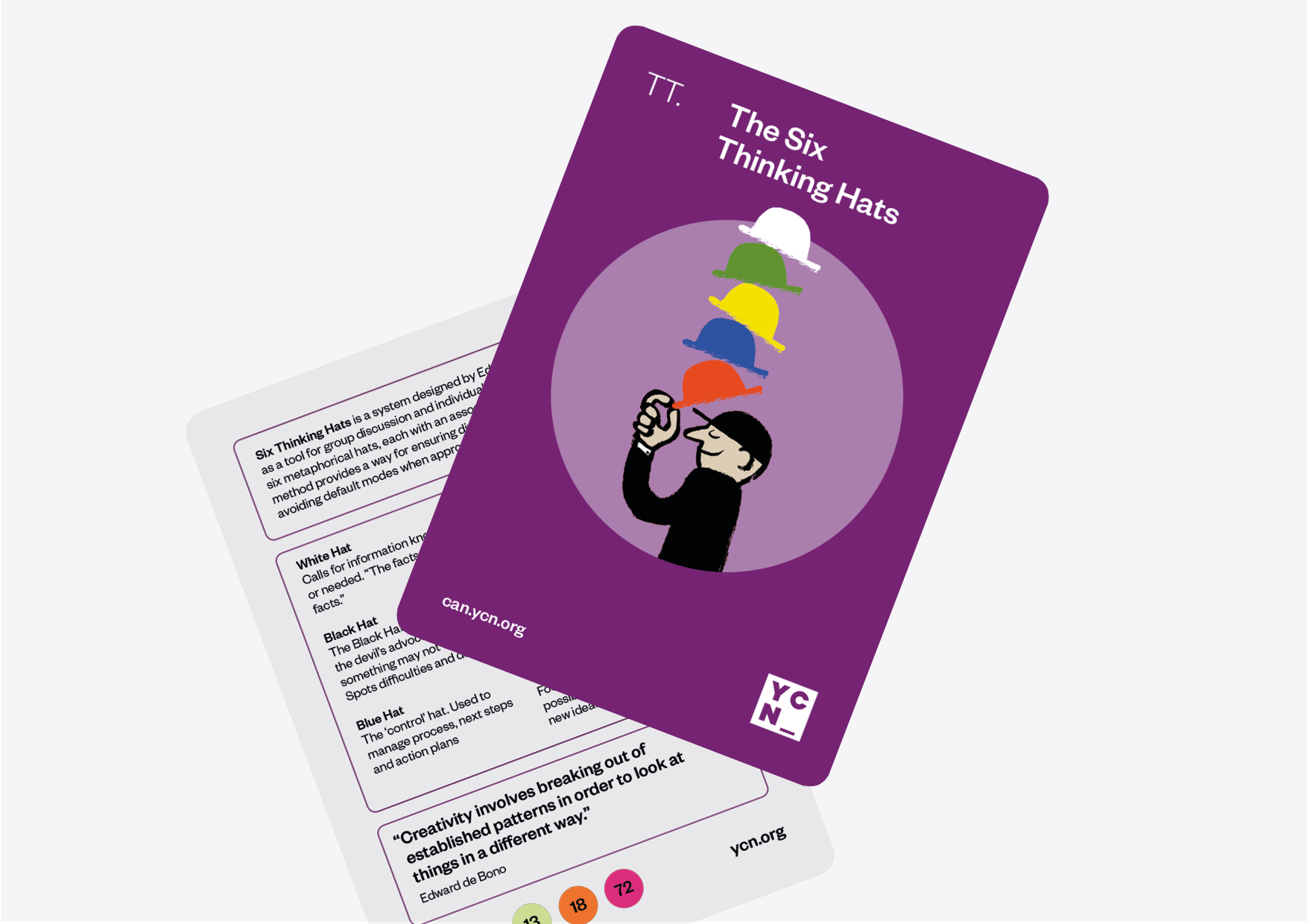
This PDF one pager and cut-out-and-keep cards will be helpful as you begin to experiment with the tool, and encourage your team to do the same.
Good questions...
Q — Is there an order or sequence to the hats?
A —Yes and no.
The beauty of the tool is its flexibility, and it really comes down to the type of conversation you are having.
A ‘pre-set’ approach can work well. A sequence of hats is set before the meeting, and all-involved simply run through them colour by colour in relation to any decision, topic or opportunity. Everyone wears the same colour hat at the same time, and the sequence of colours is entirely up to you.
If the meeting is more analytical, the white hat may be best placed towards the front of the sequence. If it’s a controversial topic and you know emotions are running high, then it helps to allow for red hat thinking as early as possible.
Equally you might decide to experiment with team members wearing different coloured hats, each bringing that persona to bear on a common challenge or opportunity at the same time. When doing so its helpful to 'call out' which hat your wearing; for example "As the white hat in the group, I'm asking myself what recent data we've got to make the case for this being the right way to invest the training budget."
As your uses get more involved, de Bono encourages that the blue hat comes first and last; as essential to framing the discussion, setting an agenda for the hats and for proposing the next steps.
Q — I’m usually more of a ‘black hat,’ thinker, can I just stick with that one
A — No.
You may have scanned through the hats, only to lock on to one colour that speaks to you, but to do so is to mistake the six thinking hats as categories of people — and to miss the opportunity to break out of your default world view.
Q — A How long do we spend with each hat?
A — Keep it punchy. You can always come back to them.
de Bono recommends setting a limit of three minutes per hat. Spending too long ruminating on one mode of thinking ignores the ultimate goal — a varied, complete, diverse mental picture of whatever's being explored.
Q — How will I know when to stop?
A — Good question!
According to de Bono, “by the end of the meeting, the solution has found itself.” Don't feel pressured to 'get it right', or to achieve a state of total resolution. Listen, discuss, bounce ideas - the solution will come naturally.
Experiment!
As always, the best thing to do is to get going — so experiment personally; and then prime a team and see where the tool takes you. You'll find live sessions in our open programme that incorporate the tool (such as the Decision Lab and How to Get Unstuck); so come along to those if you'd like to experiment in a safe and supportive space, with fellow lateral thinkers from different organisations. And as always, we'd love to know how you get on.
More on the man behind the hats?
Edward de Bono passed away in June 2021. Some excellent obituaries, chronicling the origins of his interest in thinking laterally, can be found at the links below.
Obituary at the Guardian.
and at The Irish Times.
and at the Financial Times too (login or guest link required).
